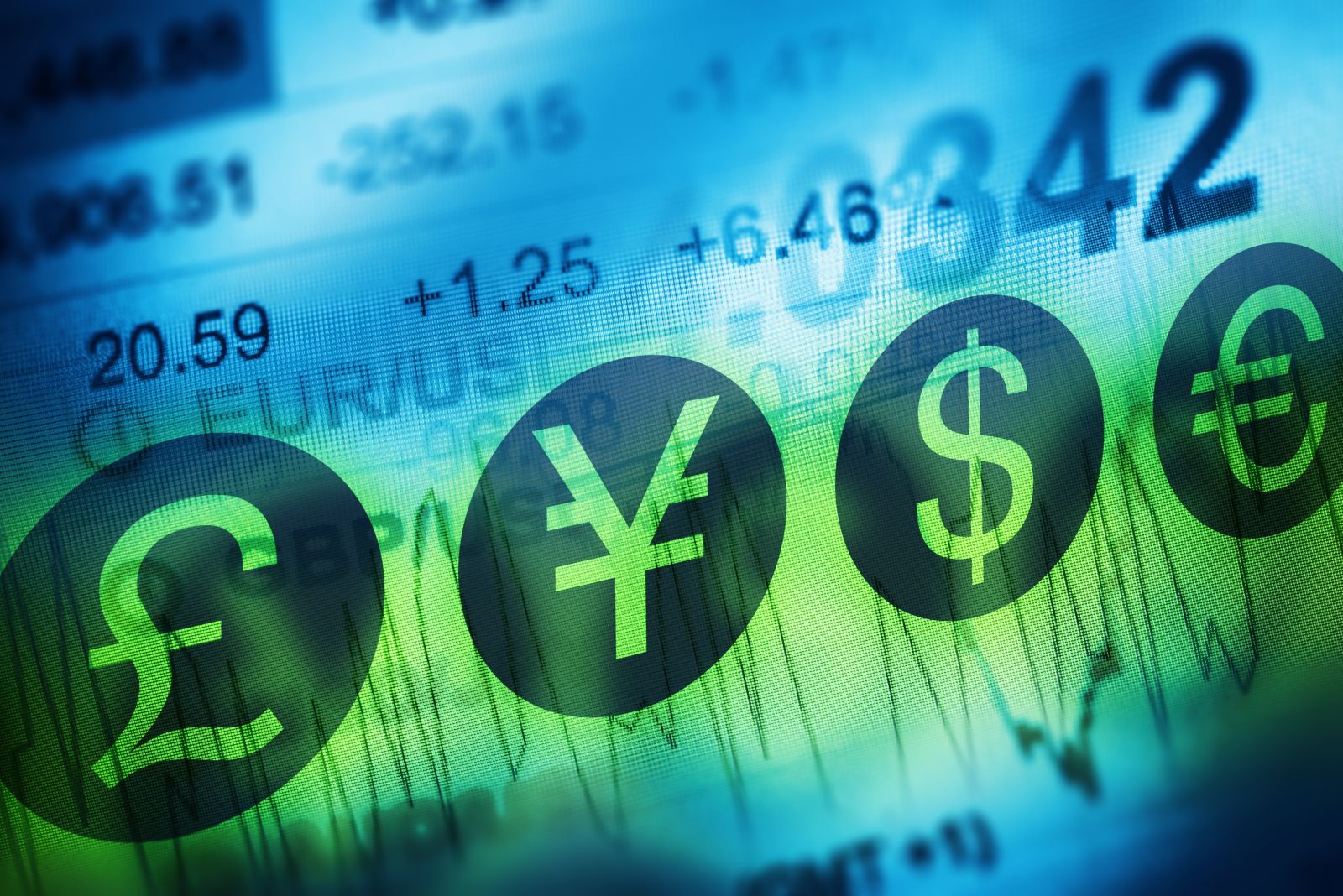Dollar Gains as the Euro and Yen Retreat

The dollar index (DXY00) on Wednesday extended this week's rally and rose by +0.32% to a 1.75-month high. Political uncertainty in France and Japan is undercutting the euro and yen, respectively, to the benefit of the dollar. The dollar added to its gains Wednesday afternoon due to the hawkish minutes of the September 16-17 FOMC meeting. Strength in stocks on Wednesday reduced liquidity demand and limited gains in the dollar.
The ongoing shutdown of the US government is bearish for the dollar as the shutdown entered its second week on Monday. The longer the shutdown is maintained, the more likely the US economy will suffer, a negative factor for the dollar.
The minutes of the September 16-17 FOMC meeting were slightly hawkish as they stated, "Most policymakers judged that it would be appropriate to ease policy further over the remainder of the year," but "a majority of participants emphasized upside risks to their outlooks for inflation."
The markets are pricing in a 93% chance of a -25 bp rate cut at the next FOMC meeting on Oct 28-29.
EUR/USD (^EURUSD) on Wednesday extended this week's losses and fell by -0.29% and posted a 6-week low. Weaker-than-expected Eurozone economic news was bearish for the euro after German Aug industrial production posted its biggest decline in nearly 3.5 years. Also, political turmoil in France is weighing on the euro after French Prime Minister Lecornu resigned following President Macron's naming of a new cabinet, raising uncertainty about the Eurozone's second-largest economy.
German Aug industrial production fell -4.3% m/m, weaker than expectations of -1.0% m/m and the biggest decline in almost 3.5 years.
ECB Governing Council Member Muller said the Eurozone economy is slowly picking up and inflation is in line with the ECB's 2% target.
Swaps are pricing in a 1% chance of a -25 bp rate cut by the ECB at the October 30 policy meeting.
USD/JPY (^USDJPY) on Wednesday rose by +0.55%. The yen extended this week's selloff on Wednesday to a 7.75-month low against the dollar. The yen came under pressure on Wednesday on weak wage growth in Japan, a dovish factor for BOJ policy, after Japan's Aug labor cash earnings rose less than expected. Also, higher T-note yields on Wednesday weighed on the yen. Losses in the yen were contained after the Japan Sep eco watchers outlook survey rose more than expected to a 9-month high.
The yen has sold off sharply this week on concern that the election of Sanae Takaichi as the leader of Japan's ruling Liberal Democratic Party, which makes her the likely new Japanese Prime Minister, will result in a slower timeline for the BOJ's policy tightening. Takaichi's surprise victory has tempered expectations that the BOJ may raise interest rates as soon as this month, while raising concerns about an increased debt supply due to her support for expanded financial stimulus.
The Japan Sep eco watchers outlook survey rose +1.0 to a 9-month high of 48.5, stronger than expectations of 47.8.
Japan Aug labor cash earnings rise +1.5% y/y, weaker than expectations of +2.7% y/y.
December gold (GCZ25) on Wednesday closed up +66.10 (+1.65%), and December silver (SIZ25) closed up +1.479 (+3.11%). Precious metal prices rallied sharply on Wednesday, with Dec gold posting a new contract high and nearest-futures (V25) gold posting an all-time high of $4,049.20 a troy ounce. Also, Dec silver posted a contract high, and nearest-futures (V25) posted a 14-year high.
Precious metals are surging as the US government remains closed, driving up safe-haven demand for these metals. Also, political turmoil in France is boosting safe-haven demand for precious metals after French Prime Minister Lecornu resigned when President Macron named a new cabinet. In addition, demand for precious metals as a store of value is supporting prices after Sanae Takaichi, a proponent of easy fiscal and monetary policy, won Saturday's election to become the leader of the ruling LDP party and is likely to become the new Japanese Prime Minister. In addition, central bank buying of gold is underpinning gold prices after the People's Bank of China (PBOC) added 40,000 troy ounces of gold to its reserves in September, the 11th consecutive month the PBOC has boosted its gold reserves. Wednesday's rally in the dollar index to a 1.75-month high is negative for precious metals.
Precious metals continue to receive safe-haven support due to uncertainty tied to US tariffs, geopolitical risks, and global trade tensions. Also, President Trump's attacks on Fed independence are boosting demand for gold.
Recent weaker-than-expected US economic news has bolstered the outlook for the Fed to keep cutting interest rates, a bullish factor for precious metals. The swaps market shows a 93% chance the Fed will cut the federal funds target range by 25 bp at the October 28-29 FOMC meeting.
Precious metals prices continue to receive support from fund buying of precious metal ETFs. Gold holdings in ETFs rose to a 3-year high on Tuesday, and silver holdings in ETFs rose to a 3-year high last Wednesday.
On the date of publication, Rich Asplund did not have (either directly or indirectly) positions in any of the securities mentioned in this article. All information and data in this article is solely for informational purposes. For more information please view the Barchart Disclosure Policy here.